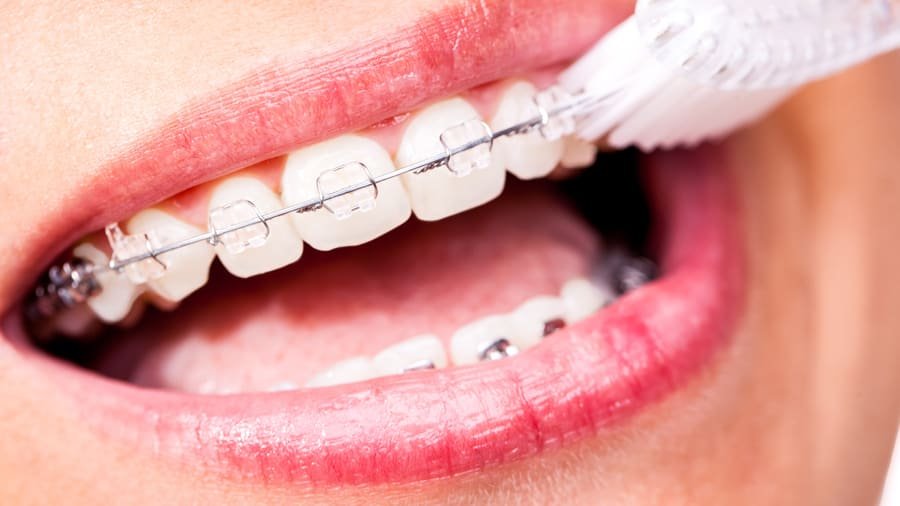There are two main reasons people consider getting braces at any age. The first is that having teeth which affect your smile and jaw position will have a large impact on your confidence and self-esteem. Studies have shown that problems with teeth which impact how a person looks can result in such low self-esteem that it can affect social relationships, performance at work and worsen mental health.
The other reason that people consider getting braces is to improve their oral health. If teeth are badly misaligned, it can be difficult to clean them effectively. This can have serious implications, such as gum disease or tooth decay. Poor oral health has even been linked to heart problems and respiratory diseases.
Getting braces to align your teeth correctly can help with these issues – you will be able to maintain better oral health, and the improvement in your smile will give you a huge confidence boost. If you are thinking about taking this next step, below are considerations to keep in mind before doing so.
What the Treatment May Involve
The process of orthodontic treatment is to retrain muscles and move teeth very slowly into more appropriate positions in the mouth. In some cases, this might involve removing teeth if your mouth is too crowded, or they may start impinging on nerves or causing damage.
You should take the time to fully research professionals in your area as you want to have full confidence in the person doing the work. You will be seeing them regularly throughout your treatment, so having a good relationship is vital. Companies such as Orthodontics by Jackie should be able to explain to you any treatment in depth before it starts so that you know what will be involved and consider your options carefully.
The work done will be unique to each person, but there are a few standard techniques that the orthodontist might use.
- Traditional metal braces
- Dental aligners – invisible and removable
- Lingual braces – these sit behind the teeth rather than on the front
- Porcelain braces – these are more slim-lined and generally harder to see.
The technique chosen will depend on the work needed and will impact the overall cost of the treatment. Once the braces are attached, you will need to go back around once a month to have the braces tightened.
Time Frame and Costs
The treatment time and the cost will depend on the amount of work needed and the type of treatment chosen. For instance, a porcelain brace might be desired for appearance and comfort, but the treatment will take longer, and the materials used are more expensive. So, you will need to judge what is right for you. You should be able to discuss all your options with your orthodontist – it may be that a treatment you like the look of is not able to fix your problems.
Overall, as discussed above, you should ensure you get on well with your orthodontist as you will be working with them for a long period of time. Some treatments could take as little as 6 months; however, on average, you should expect to have treatment over the course of 18-26 months. More extensive treatments will take longer.
Aftercare
Braces hurt; there’s no getting around that. The worst discomfort will be just after the braces have been tightened and should ease off over a few days. Normal over-the-counter painkillers should be able to ease your discomfort. You are also likely to get some sores or ulcers on your gums from where the braces rub – this will change over time as the location of the brace changes. Again, standard mouth ulcer treatments or numbing gels should help with this.
You should plan meals to help you with this. It is generally harder to clean your mouth with braces, so try to eat and drink less staining food. Plan meals that are easy to eat once you have had your braces changed. Avoid anything too chewy or too hard – you’ll soon work out what you can or can’t do, and again it should only be for a few days.
Once your braces have been removed, you will be given a retainer specifically designed for you. You should get into the habit of wearing this every night so that your teeth do not slip back into old positions. This is particularly important in the first year after treatment, but you should do this for decades to come to get the most out of your treatment.

